The Governorate of Al sharqiyah
The Governorate of
North & South Al Sharqiyah
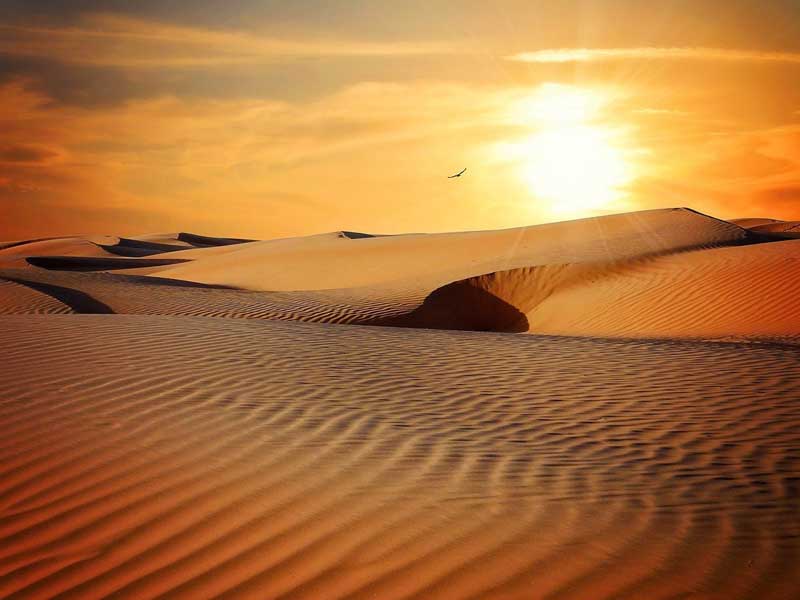
The Governorates of North and South Al Sharqiyah have a bit of everything that the Sultanate has to offer to the visitor and the locale alike. From the vast, golden deserts of the Wahiba Sands to the tranquil and serene beaches of Tiwi that extend right up to Sur and the island of Masirah, the imposing cliffs and awe-inspiring gorges of
Al Sharqiyah meet the fertile wadis at the eastern extremities of the Al Hajar Mountains, down to the ancient towns of Sur, Ibra, and Sinaw, rendering an experience for the traveler that is truly unforgettable.
The Sharqiyah Sands allows visitors to experience the desert first hand, with dunes reaching as far as the horizon and the area teeming with wildlife. Local Bedouins continue to breed livestock, including camels and Arabian horses, and visitors get the chance to see camel racing and other competitions throughout the year.
The white sand and pebble beach found between Wadi Shab and Wadi Tiwi are great for water enthusiasts. The city of Sur, famed for its ship building, makes for fantastic camping and fishing locations. This area offers an amazing range of activities for nature and sea lovers; from turtle watching at Ras Al Hadd, to kite surfing on Masirah Island or visiting the traditional Dhow yard of Sur, where Arabia’s ancient style of boat continue to be crafted by hand.
Main Cities:
North Al Sharqiyah Governorate:
AL QABIL • AL MUDHAIBI • DIMMA & AT TAYYIN • IBRA • WADI BANI KHALI• BIDIYAH
South Al Sharqiyah Governorate:
AL KAMIL & AL WAFI • JALAN BANI BU ALI • JALAN BANI BU HASSN • MASIRAH • SUR
NORTH & SOUTH AL SHARQIYAH - SIGHTSEEING
Ras Al Hadd Beach
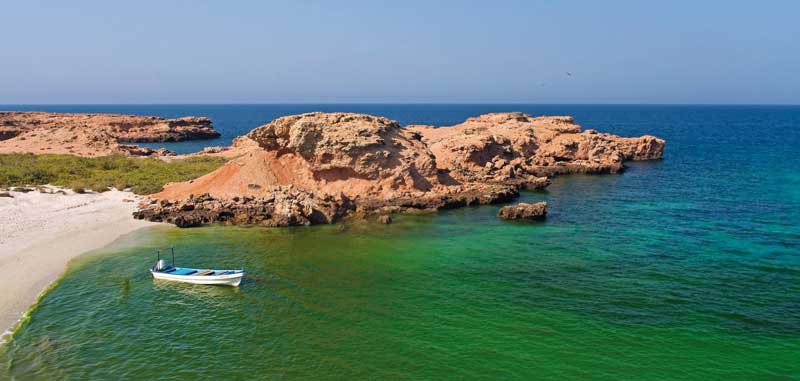
Home to human settlements and trading activities since the 3rd millennium BC, the Ras Al Hadd beach lies 60 kilometers from Sur, the capital of the Governorate of South Al Sharqiyah. Fighter planes took shelter on its coast during the Second World War and the marks of the runways exist till today. Visitors can head towards the harbour and dip their legs down the scramble of rocks into the soothing sea water. Dhows anchored on the mudflats in the harbour, coupled with the receding sunlight in the evening creates a picture perfect panorama that is worth experiencing.
Timings: 24/7
Location: 60km from Sur
Tips: Never leave your children unattended on the rocks by themselves, as the crashing waves leave behind an assortment of sea life that can be slippery. It is advisable to not visit the shore during high tide.
The Turtle Beach
The Turtle Beach
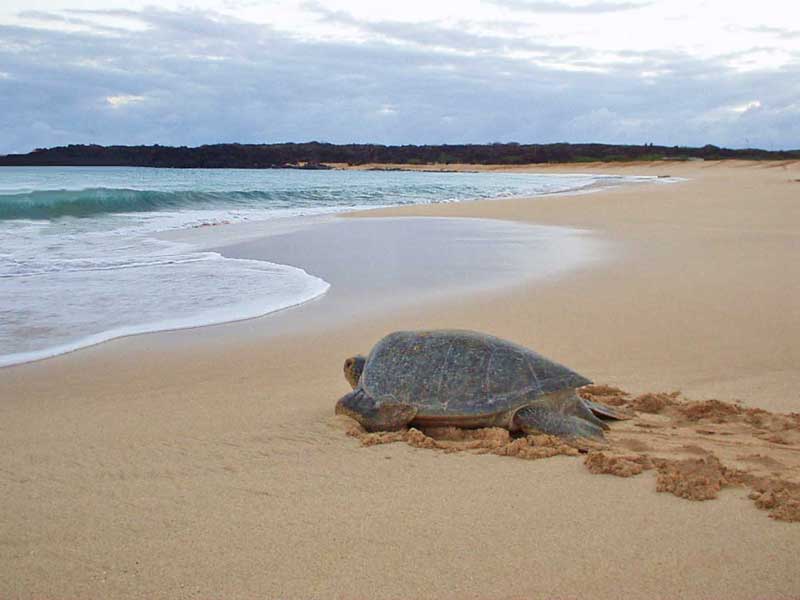
Extending from Ras Al Hadd up to the island of Masirah lies the Ras Al Jinz Beach, more popularly referred to as The Turtle Beach, located right at the headland of the Arabian Peninsula. An average of 30,000 turtles visit the beach to nest annually, making Ras Al Jinz one of the largest nesting areas for Green Turtles in the Indian Ocean. Those staying up late or rising early may be lucky enough to see these magnificent creatures building their nests and laying eggs before heading back out to the sea. The area is protected by The Turtle Reserve and visits to the beach are strictly controlled.
Timings: July – October (Peak Season) | Daily, 04:00AM – 06:00AM/09:00PM – 11:00PM
Location: Ras Al Jinz Turtle Reserve, Sur
Tips: Do not use flash photography while watching the turtles, as this inhibits them and stops them from nesting. You might want to use a faster lens or a higher ISO setting. Visiting hours are strictly limited, so book well in time to avoid disappointment.
The White Beach
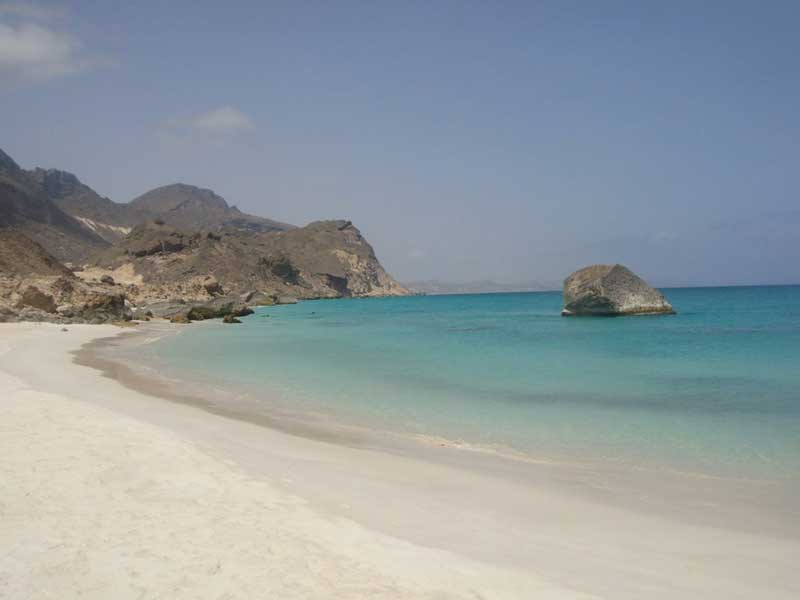
A stone’s throw away from the charming little town of Fins lies one of the most popular beaches between Muscat and Sur, known as The White Beach for its exquisite whitewashed sands. The beach is a spectacular place to camp overnight; during quieter times, it’s a perfect spot to stargaze and unwind to the gentle lapping of the milky waves.
Timings: 24/7
Location: 80km from Muscat/5km from FinsLocation: 80km from Muscat/5km from Fins
Bibi Miriam’s Tomb
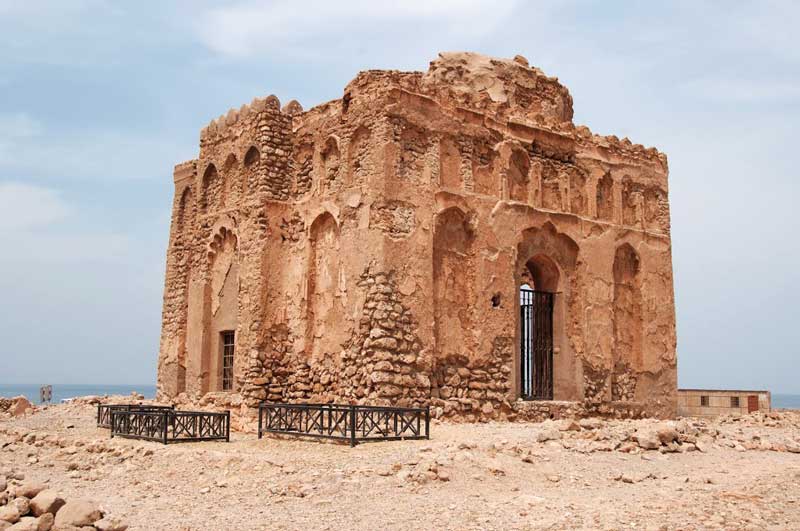
Qalhat has been recorded in time as the site of a historic Omani civilization that settled here way before the advent of Islam. Once witness to prosperous times, Qalhat is now a pile of rocks, scattered over a wasteland of ruined houses, crumbling citadels, and walls that once fortified the city. It is said that the city fell prey to an earthquake in the fourteenth century, leaving behind the only standing remains of this thriving port: Bibi Miriam’s Tomb. Believed to have been built by BahauddinAyez, King of Hormuz, in the honour of his wife, the tomb is a crypt leading to underground corridors beneath the floor of the shrine.
Timings: Daily
Location: Qalhat, on the road to Sur
Wadi Shab
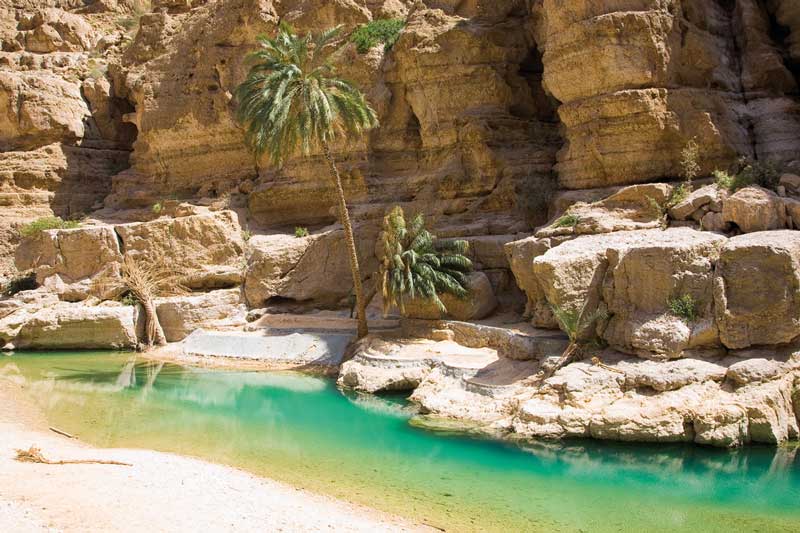
Located in Tiwi, and about a 140 kilometers away from Muscat on the Quriyat-Sur Coastal Road, Wadi Shab, meaning gorge between the cliffs, is just that. Fresh water cascading from the tops of the mountains meets the briny sea water on its banks, creating an environmental diversity unique to this wadi. Accessible only foot, the path winds its way up past caves, cliffs, and stunning pools with a change of scene every step. After an hour of walking there’s an excellent swimming spot for the diving fan.
Timings: 24/7
Location: 140 kilometers on the Quriyat-Sur Coastal Road from Muscat
Tips: For those who are brave enough to venture into the wadi’s pool for swimming, there is a secret cavern you can emerge into by swimming under water for a couple of metres. Avoid visiting the wadi during the flash floods season.
Wadi Bani Khalid
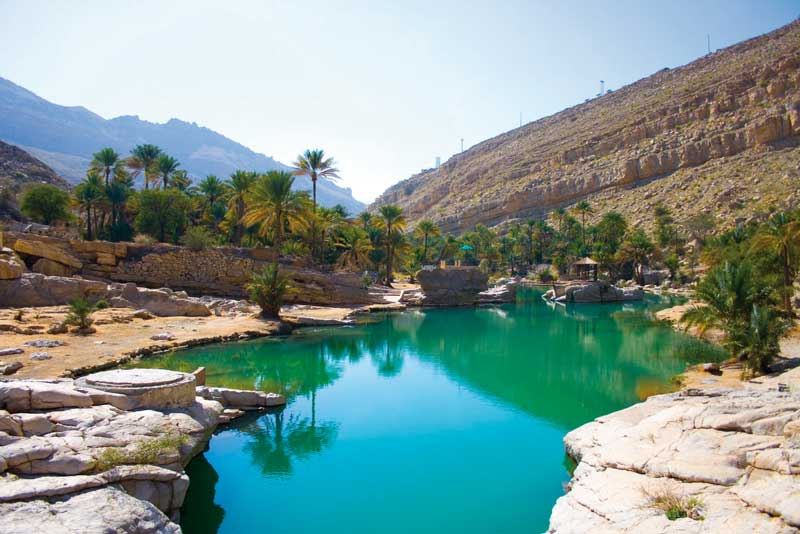
Weaving up across the Eastern Al Hajar Mountains down to the village of Bida, lies the spectacular Wadi Bani Khalid, one of the most fertile valleys in the Sultanate with lush greenery all around and gorgeous waterfalls that form natural pools. The path through the valley cuts through to the town of Muqal, which is renowned for its cave and can be explored by those having the right equipment.
Here the gushing waters create a loud rushing sound and gather in pools, only to dissipate into small lakes which the villagers have used for years to fill three irrigation canals.
Timings: 24/7
Location: 203 kilometers from Muscat | 72 kilometers on the road from Ibra to Sur
Tips: Exercise great caution while exploring the cave as you may need to crawl and even scramble to get through certain areas. Avoid the wadi after rainfall, as it is inaccessible.
Al Sharqiyah Sands
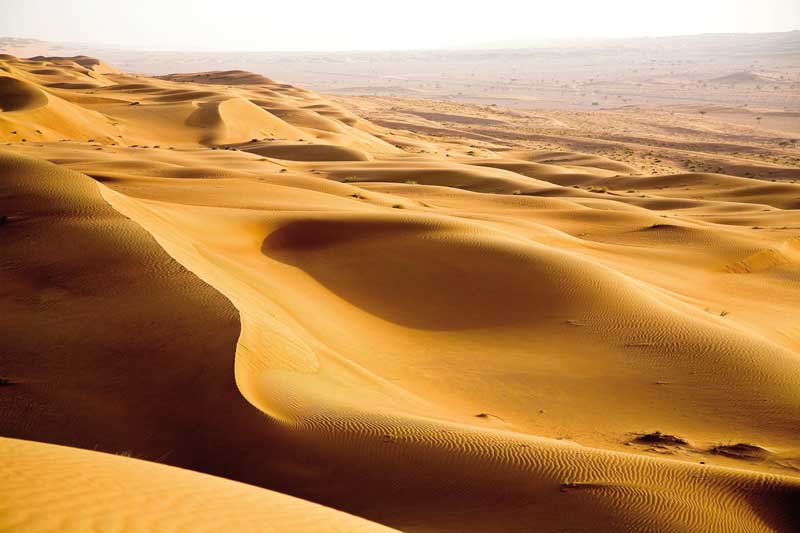
The Al Sharqiyah Sands are considered to be one of the most beautiful camping sites in the Sultanate, extending over an area of about 10,000 square kilometers. The flat plain of Al Mintarib quickly changes colour and topography once entering the A’Sharqiyah Sands, with the dunes ranging from pale yellow, to rustic red, and even orange, as the day progresses. This area attracts many desert adventure fans, and is preferred by visitors owing to its ease of accessibility and availability of nearby services, which make it a first class tourist attraction. Many tourist activities take place on these sands, such as dune bashing in quads, as well as horse and camel racing.
Timings: October – April (Peak Season), 24/7
Location: Al Sharqiyah
The Island of Masirah
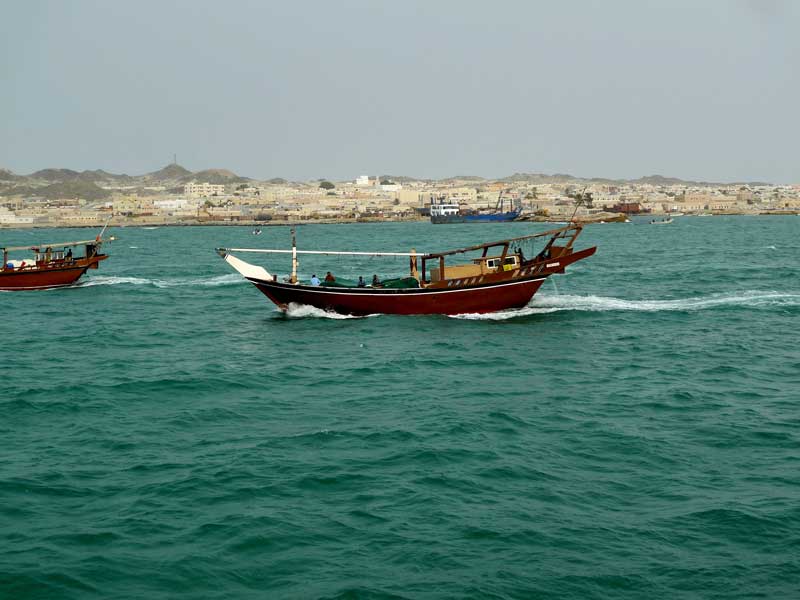
Set like a jewel in the South-Eastern waters of Oman, the Masirah Island is a paradise that enchants the visitor with its beautiful and diverse natural environment and abundant marine life. In perfect harmony with nature, Masirah proves to be one of the Sultanate’s most idyllic getaways, where travelers can experience the pervasive calmness of the sea waves and the cooling rhythm of the pure air that rejuvenates the senses.
The beaches on the Island of Masirah provide an unparalleled opportunity to see clusters of rare sea turtles (such as the Loggerhead, Green, Hawksbill and Olive Ridley) lay their eggs, and migratory birds, including pelicans and flamingos.
Timings: October – April (Peak Season), 24/7
Location: Accessible by ferry from Ras An Najdah | Direct airplane from Muscat



